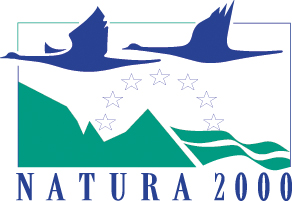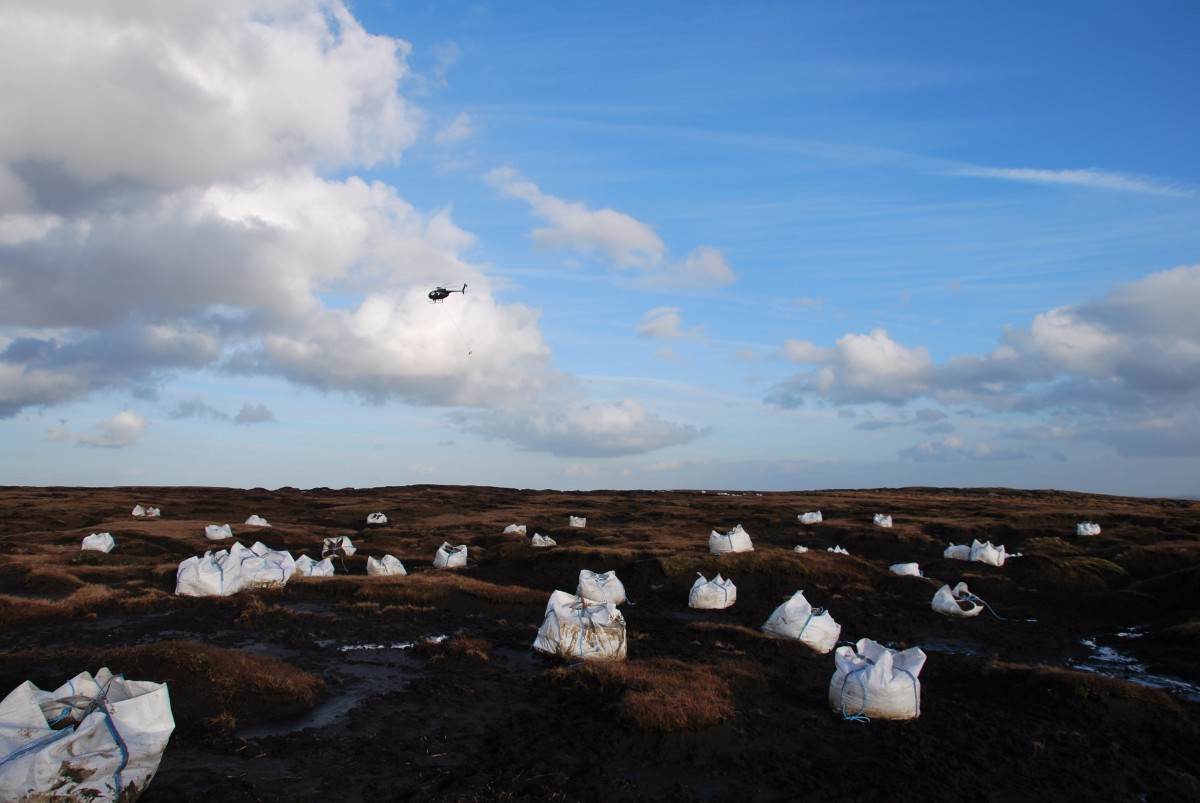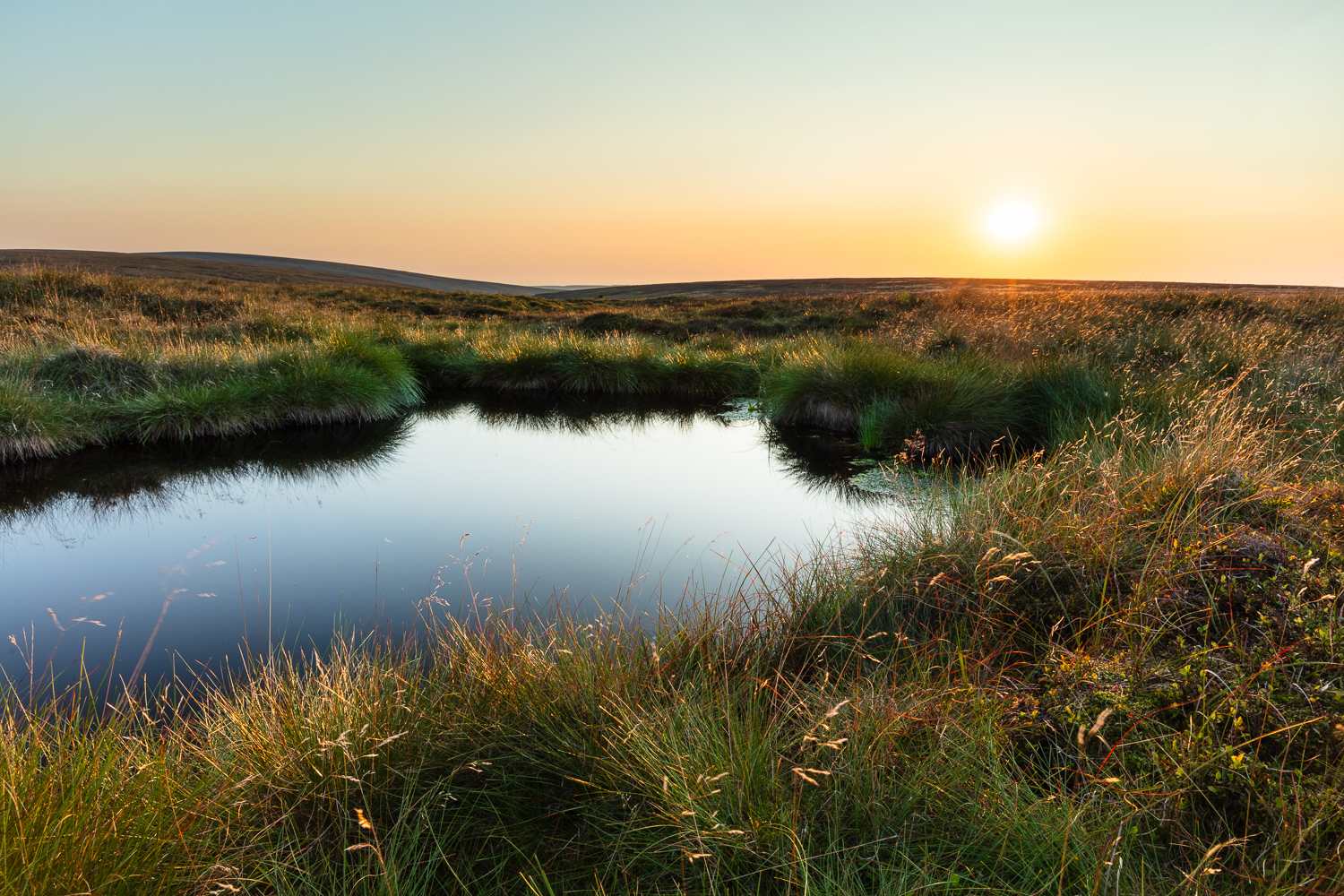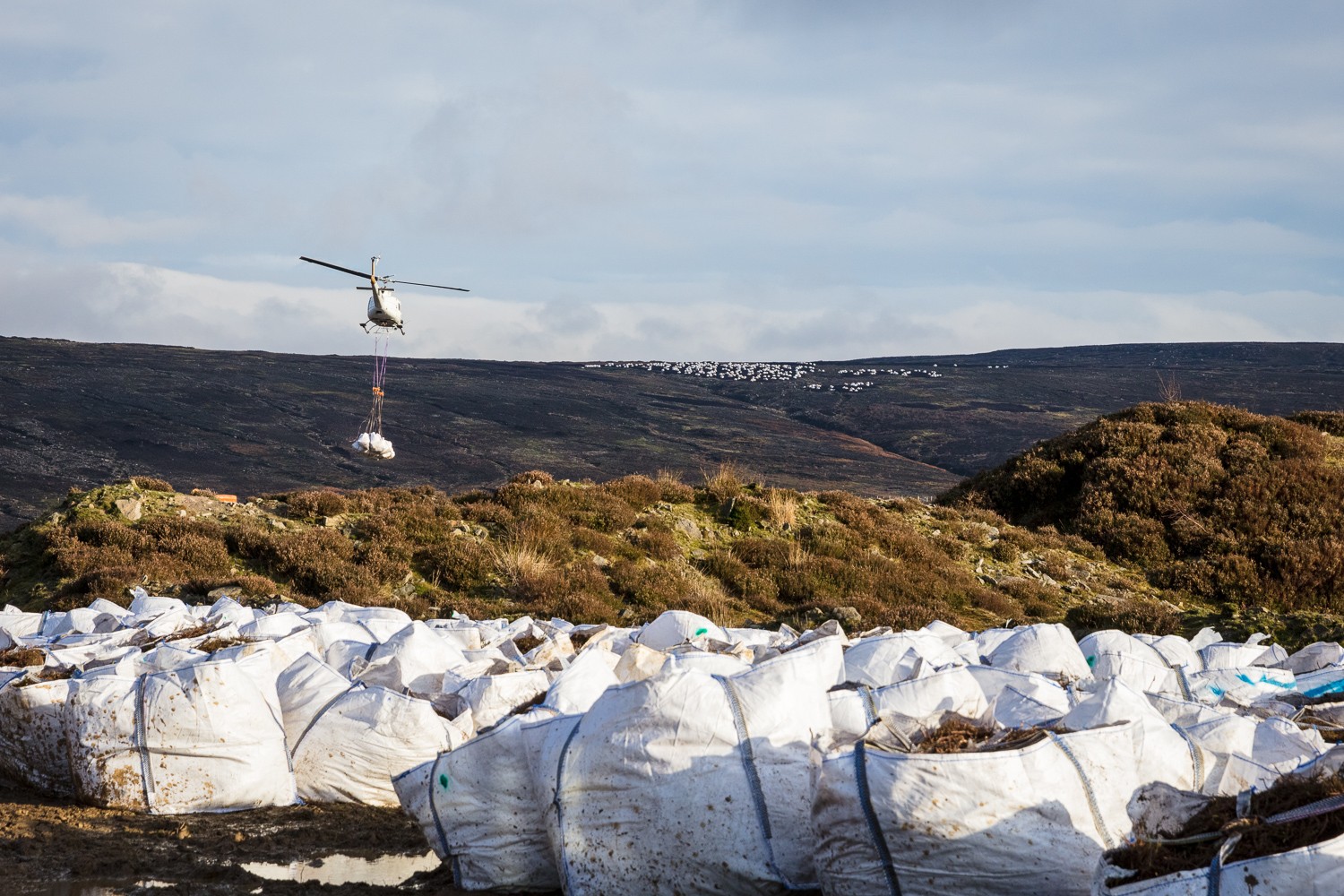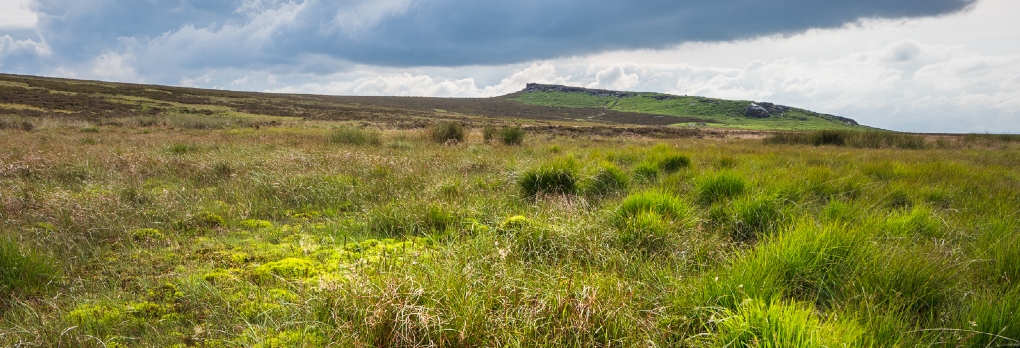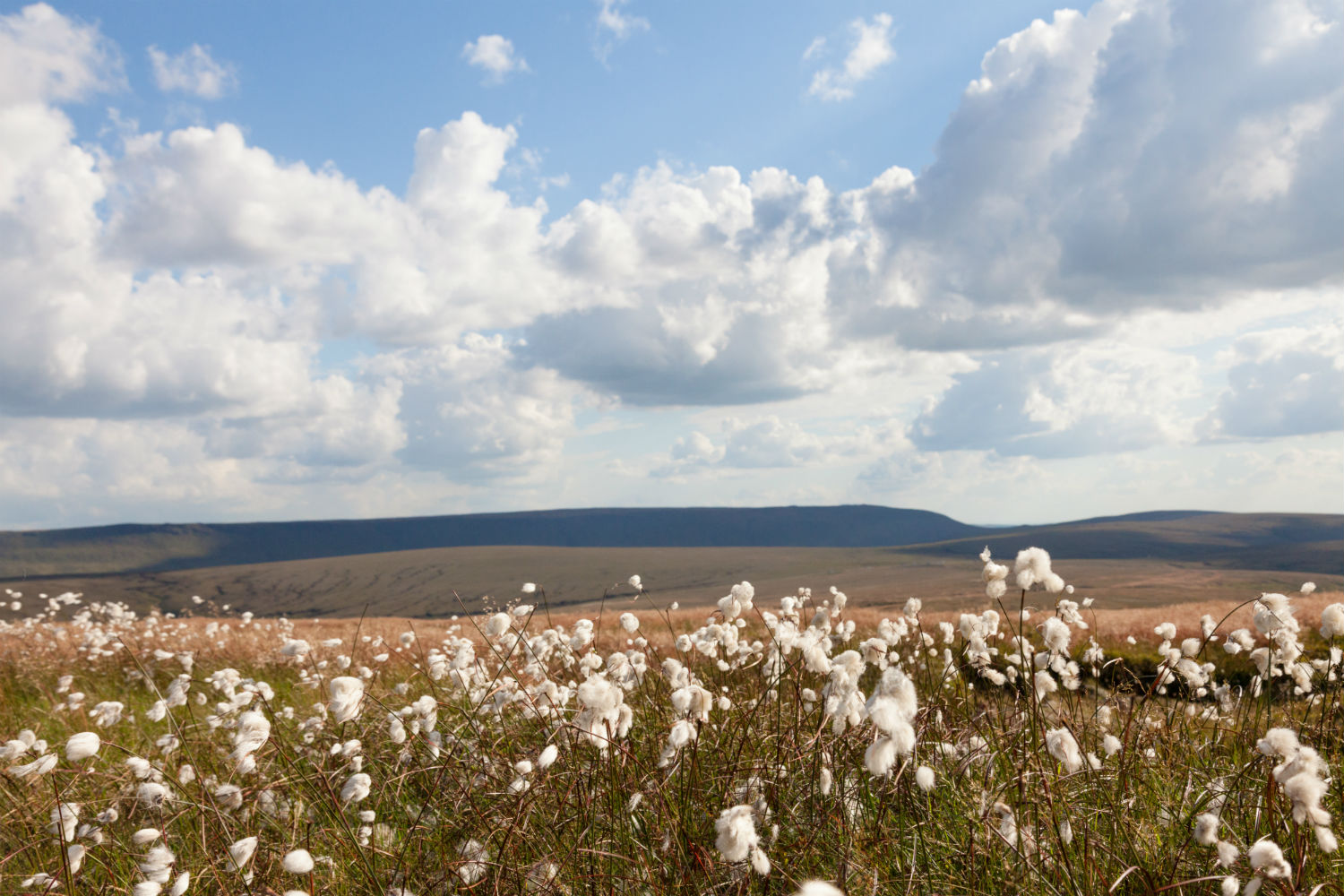
A five-year project funded by the European Union LIFE+ programme
The project undertook work to benefit 25 square kilometres of Peak District and South Pennine moorland from 2010 to 2015.
Project start date: June 2010
Project end date: March 2015
What was MoorLIFE?
A €6.7 million project, MoorLIFE was one of the largest moorland conservation programmes undertaken to protect active blanket bog. Our work restored 893 hectares of damaged peatland to self-sustaining, active blanket bog. This protected 2,500 hectares of active blanket bog from becoming eroded.
About the project
We restored blanket bog on four sites: Bleaklow near Glossop, Black Hill near Holmfirth, Turley Holes near Mytholmroyd and Rishworth Common, all in the South Pennines Special Area of Conservation (SAC) and Special Protection Area (SPA). Throughout the project we collected evidence to monitor the impact of our conservation work and communicated widely about our work.
We stabilised bare peat by covering it in geotextile or cut heather ‘brash’, and we treated peat made too acidic by industrial pollution with lime and fertiliser so that plants could grow again. We sowed fast-growing grasses to cover the bare peat and protect newly established moorland plants.
To find out more about these techniques visit repairing bare peat.
We blocked erosion gullies with stone and heather bales to slow rainfall run-off so that water is stored in the peat, rewetting it and creating suitable conditions for blanket bog to develop again. To find out more about these techniques visit working with water.
We ‘micro-propagated’ thousands of plug plants of sphagnum moss and other blanket bog plants and planted them on the restored sites along with 1.5 billion fragments of sphagnum spread by hand.
Water samples were taken regularly and volunteers monitored hundreds of dipwells, installed to record change in the water table following our work.
We developed a wide variety of communication tools and implemented a range of activities including lesson plans for primary and secondary schools. A campaign incorporating two interactive portals encouraged the public to be more Fire Aware.
On-site noticeboards still inform visitors about the work done there. Audio trails and smartphone apps are available to guide visitors through these iconic landscapes and interpret the plants, wildlife and features they find.
Press releases, podcasts, presentations and videos were produced to inform the public about the project. Conferences and seminars enabled us to share what we learned within scientific and environmental communities.
Layman's report
Facts and figures
4000 dams were installed to help retain water on the moors
53 linear kilometres of geotextile material was laid to protect bare peat from erosion
200,000 plug plants of native moorland species were planted
Partners, funding and reports
The lead partner was Peak District National Park Authority. The project sites are on land owned by Yorkshire Water, United Utilities, the National Trust and private landowners.
Funding:
€5 million from the European Union LIFE+ programme, and €1.7 million in matched funding from partners:
Environment Agency – €101,000
Natural England – €241,000
United Utilities – €580,000
Yorkshire Water – €482,000
National Trust – €242,000
Peak District National Park Authority – €37,000

MoorLIFE reports
Reports produced by the MoorLIFE project.
MoorLIFE Active Blanket Bog Restoration in the South Pennines Moors
MoorLIFE mid-term report
Sphagnum seminar report
Workshop summary
Moorlife Vegetation Report
Revegetation of bare peat following treatment with heather brash, lime, seed and fertiliser
MoorLIFE: Changes to the Water Table and Carbon Budget
Academic paper on the changes to the water table and carbon budget in restored peatlands
A Practitioners Guide to Sphagnum Reintroduction
Guidance for land managers on re-introducing sphagnum mosses
Layman's Report
Report on blanket bog conservation and monitoring works undertaken as part of the MoorLIFE Project, delivered across the peatlands of the Peak District and South Pennine moors.
MoorLIFE: A Carbon Audit of the Project: Final Report
A carbon audit of Moors for the Future's MoorLIFE project
AfterLIFE Plan MoorLIFE
Document written to discuss and develop a strategy at the end of the MoorLIFE project
MoorLIFE: Final Report on Dissemination Activities
A report covering the dissemination activities of the MoorLIFE project from 1 April 2010 to 31 August 2015
Guide to the Reintroduction of Sphagnum 2015
A practitioners guide to the reintroduction of sphagnum
You may also be interested in…
Funded by

